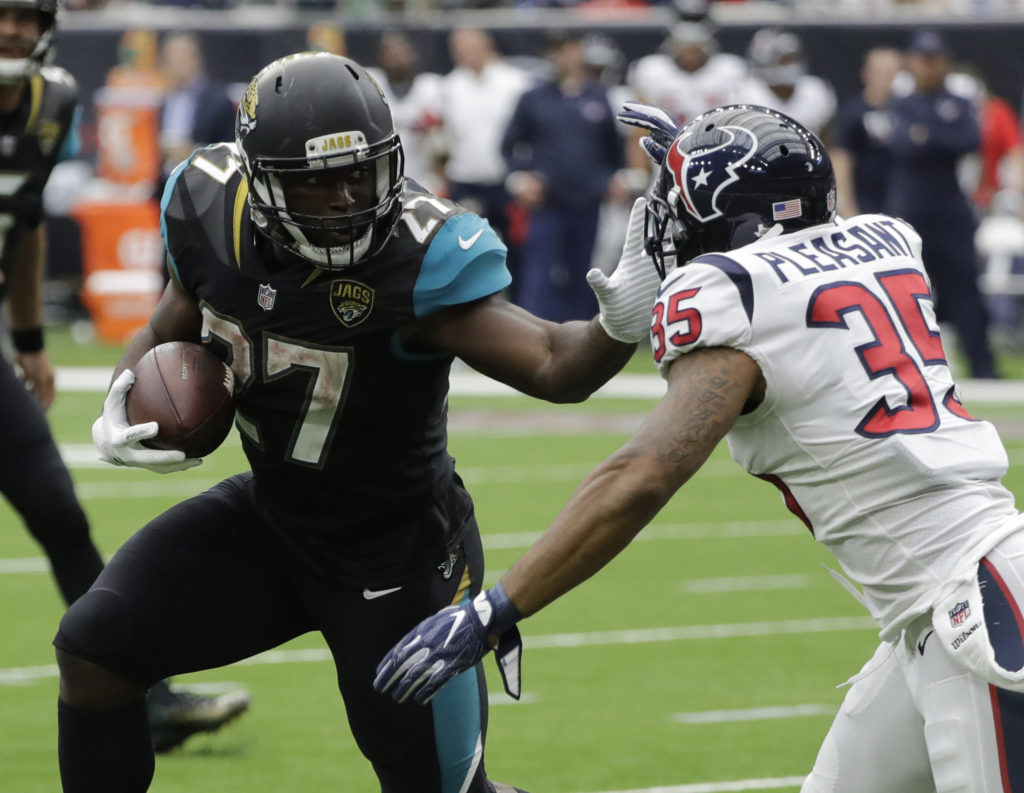The World in 1968
By Michael Morgan
A culmination of professors met in the Shawkey Room at Marshall University on Wednesday to talk about movies, reporters, women, and the emergence of new journalism in the year 1968.
Professor Burnis Morris, co-director of the symposium, began by providing an overview to the year and some of the most prolific events in chronological order before introducing the first speaker. Included in these events, was the raising of the fists by Olympians Tommy Smith and John Carlos in the Olympics to stand up for black rights.
Morris was followed by professor Jennifer Sias, who had done extensive research on the reporter, Studs Terkel and his relationship with Dr. Martin Luther King Jr. In her presentation, Sias played the audio of an interview between Terkel and King. “Hate hurts the hater, as much as the hated,” Dr. King said. In the interview, he also discussed his “I have a Dream” speech and much of his motivation in his passion for civil rights activism.
Dr. Christopher Swindell, a professor of journalism at Marshall began discussing the role that film played in “stirring the pot” with racism during 1968. Swindell referenced, “Night of the Living Dead,” “Planet of the Apes,” and “Guess Who’s Coming to Dinner.”
Many of the movies during the time, were parallels of what was going on with segregation, while movies such as, “Guess Who’s Coming to Dinner” directly addressed the issue of racism. People enjoyed going to movies and these films likely fed into the stereotypes of the time.
The main speaker of the event was Dr. Thomas J. Hrach, a journalism and strategic media professor from the University of Memphis. Hrach discussed the findings of the Kerner Commission of 1968 in regards to rioting due to racism. These findings were also discussed in his book, “The Riot Report and the News: How the Kerner Commission Changed Media Coverage of Black America.”
The other co-director of the symposium, Dr. Rob Rabe gave his presentation on the topic of New Journalism. He focused on the writings and journalistic styles of Norman Mailer and Garry Wills. Wills followed many of the events after the death of Martin Luther King Jr., including interviewing coroners at the funeral home of his preparations to get as close of a perspective as possible.
Rabe explained how the New Journalism provided reporters a new tool on reporting of the 1960s.
The final speaker of the symposium was Janet Dooley, associate dean of the College of Arts and Media at Marshall University. Dooley’s presentation ranged from “a long way, baby” to the “hashtag me too” movement of 2018.
Her focus was on the changing of women’s’ perceptions and roles in the last 50 years. Providing visuals showing the distance that women’s rights has covered, was an ending fit for her presentation. Ranging from the first woman police officer being hired in 1968, to the first woman police chief in 2018, showed that there is progress in women’s rights. Dooley even referenced the first woman playing “Doctor Who” in a popular television show to provide some comic relief.
1968 was a year with many milestones for people of all races, genders, and professions. These events were so important, that they are still being discussed and researched 50 years later.









Recent Comments